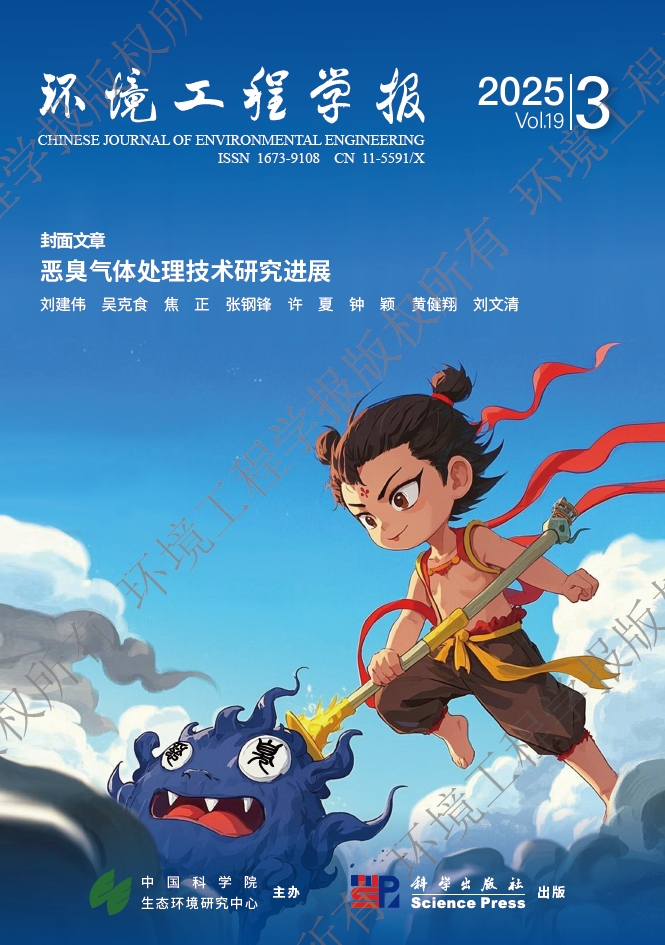Preparation of activated carbon from waste disposable bamboo chopsticks and analysis of pyrolysis process
- Received Date: 21/11/2016
- Accepted Date: 25/09/2016
- Available Online: 26/08/2017
-
Key words:
- disposable bamboo chopsticks /
- activated carbon /
- thermogravimetric analysis /
- pyrolysis kinetic
Abstract: Activated carbon was prepared from waste disposable bamboo chopsticks by K2CO3 activation via 2-step method. The activated carbon was analyzed by N2-adsorption/desorption, FTIR and XRD, and the adsorption isotherm was quantified using methylene blue. The preparation process was investigated by TGA, and the pyrolysis kinetic and model were studied using Coats-Redfern method. Experimental results demonstrated that the BET surface area and total pore volume of the activated carbon were 1 262 m2·g-1 and 0.624 cm3·g-1, respectively. Aliphatic chains and oxygen-contained groups on the char surface were removed during K2CO3 activation. Larger aromatic layers were formed at (100) planes, but the graphite-like microcrystallites at (002) planes were destroyed. The methylene blue adsorption data followed Langmuir model with a maximum adsorption capacity of 336 mg·g-1. The two main pyrolysis stages of the waste disposable bamboo chopsticks can be described by one-dimensional diffusion model and second order reaction model, with the activation energies of 76.23 and 104.24 kJ·mol-1, respectively. The pyrolysis of the residual lignin in the char fitted one-dimensional diffusion model, and the activation energy was lower by 44.28 kJ·mol-1 due to K2CO3 impregnation.






 DownLoad:
DownLoad:
